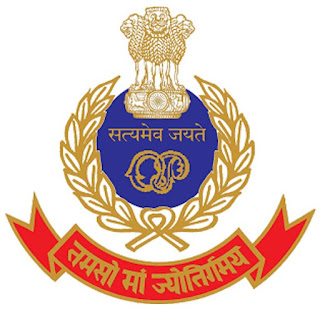ODISHA POLICE

ODISHA POLICE The state of Orissa and the Orissa Police were born April 1st, 1936. The new state was formed by taking portions of Madras presidency and Central province. The new province constituted of six districts. In the ancient state of Kalinga ‘Atabika’ police were employed to control civic unrest. During those days the police officials were known as ‘Rakshimaa’. During the medieval period rulers like Ananga Bhim Dev, Pratap Rudra Dev, Mukunda Dev etc., used ‘Danda Paikas’ for policing and during the Moghul period the police administration was under the charge of ‘Kotwal’. When the Orissa Police was formed it comprised of 4000 policemen approximately of all ranks taken together. E. A. O. Perkin was the first Inspector General of Orissa Police and I. C. Mcnally was the first Assistant Inspector General. of Police who was also in-charge of the Criminal Investigation Department. The emblem of the Orissa Police has its acronym ‘OP’ inscribed within laurels and Ashoka Lion Pillar ...